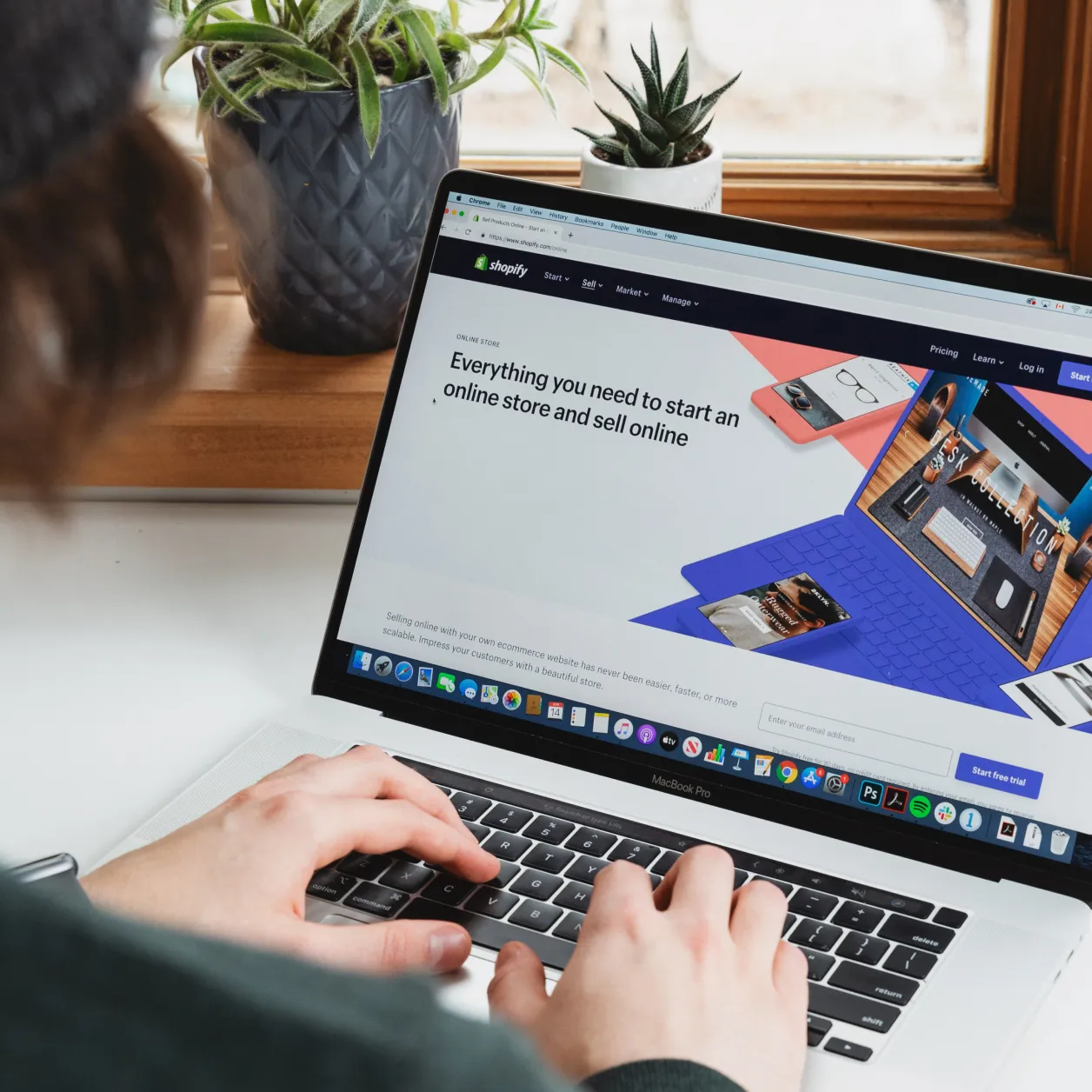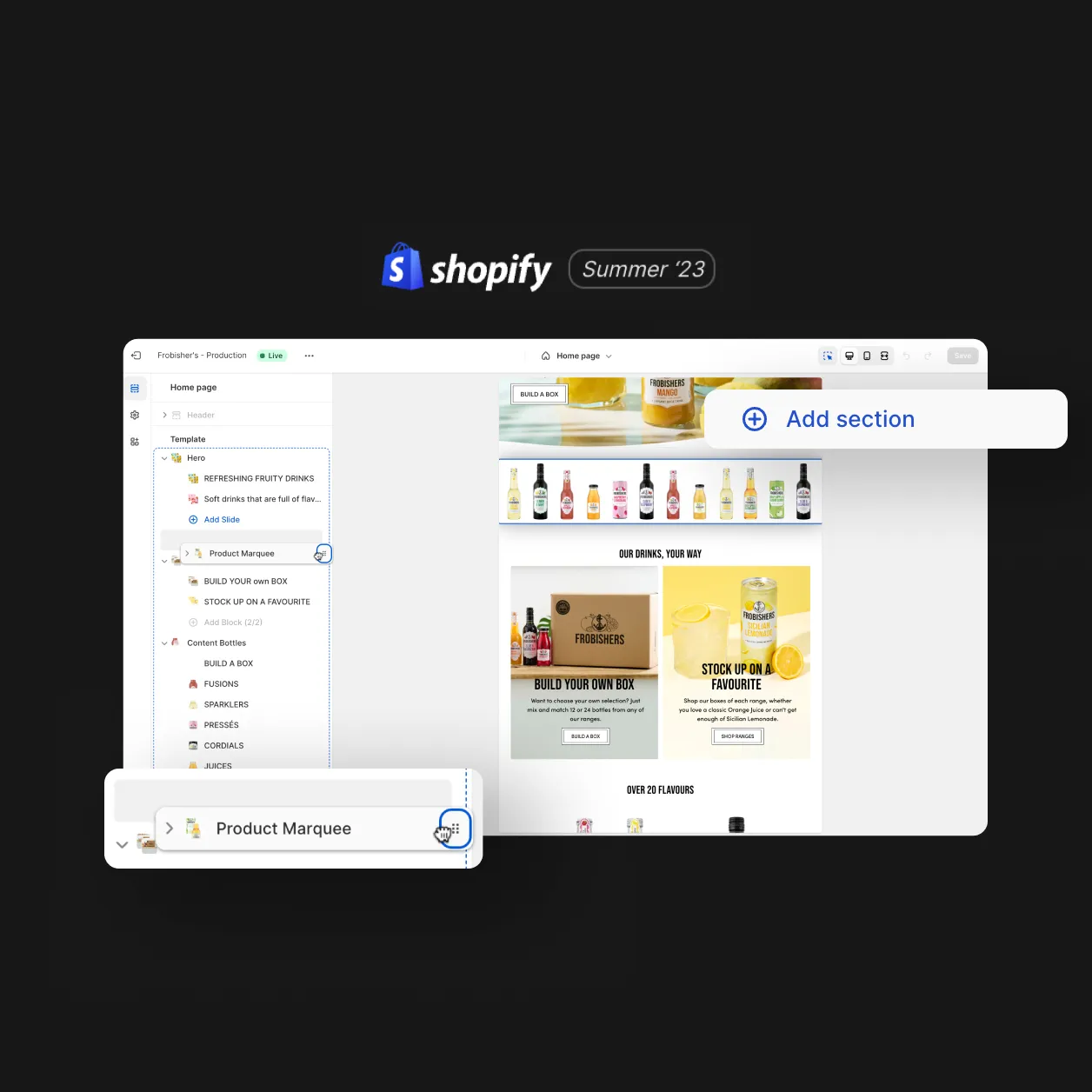
Don’t make these common ecommerce mistakes, set yourself up for success with strategic thinking. This document outlines the core elements you need to consider before launching or scaling your DTC model.
Why you need ecommerce strategy
Upon investing in a website, and the subsequent marketing activity, it’s crucial to map out your ecommerce strategy. From your product structure and categorisation to discount management and cart upsells, pre-empting every journey ahead of your site design and build, will reduce time lost unpicking things afterwards. Especially if you have a custom build and/or more complex offering.
The goal is always to sell in ways that make commercial sense after rising CAC and P&P costs, through maximising AOVs and LTVs while giving your users an intuitive site experience that feels second-nature.
The 6 key ecommerce considerations
- Product structure
For a scaling brand, the focus is likely to be on acquisition and therefore the majority of your website visitors will arrive to your site cold and unfamiliar with all the USPs of your product. Whether visitors arrive from paid media or via SEO, you need a coherent product structure that is intuitive to different purchasing experiences. You may only sell one product but the offering for single purchase, gifting or subscription (and the frequency options) are all different behaviour patterns with different reasons for buying in that way.
If there are obvious audience paths, make sure your site structure speaks to that.
If subscription is central to your business model, ensure toggles are not only on the PDP page, but at cart level too. Incentivise upsells with a discount ladder and ensure landing pages reflect the user journey of that customer early on.
- UX
Regardless of their intent, users should be able to move around and navigate your site with ease. Your goal is to launch a site with as few sticky bits as possible – whereby users don’t get caught up in loops, or worse, bounce altogether.
To combat this, map out who your core customers are and at what stage they are in the brand journey e.g. first time subscriber, single purchase customer, coming back for a refill, shopping for a gift etc.
We recommend creating a flow chart for each user case to figure out what their ‘happy path’ looks like to ensure a seamless journey from site entrance to checkout. All of this upfront work will make your marketing activity so much easier to launch too – with distinct journeys for specific targets. You can read more about UX and CRO here.
- Cross-sells/Up-sells
Cross- and up-sells are a great way to get more product in your customers’ hands, level up an existing order, and increase AOV from initial and subsequent purchases. If you have a wide inventory, it’s important to figure out the right products to approach customers with – hence why establishing those user types and journeys early on is vital.
A cross-sell strategy will also help you to figure out where bundling does (and doesn’t) make sense. Most ecommerce brands can increase AOV by bundling complementary products and ensuring there is a relevant offer to incentivise this.
Remember to steer clear of high price bolt-ons – if a customer has a £40 product in their cart, they’re unlikely to more than double that amount with additional SKUs.
You can then use third party tools, such as Klavyio, to continue cross- and up-selling your inventory to customers based on their existing or abandoned orders.
- Discount ladders
Naturally, if you’re starting to combine, up and cross-sell products, you’ll want to structure your discounts or added value incentives in a laddered or tiered system that makes financial sense to both parties.
Structured incentives take planning but can have a huge impact on your brand and your business. Considered mechanics can mean the difference between a CAC that breaks even on the first order instead of the third, or ensures a customer will be back to spend more.
- Shipping Thresholds
This is a common tool to encourage higher AOV but is often under utilised by brands. Offering free shipping once a customer has committed to a certain order value is not unusual but it’s rarely stated how much you’re saving or made clear what else could be bought to save that sum.
A perceived saving is powerful in the world of ecommerce when you’re battling for seconds of attention. Providing easy up-sells that help tip the consumer into a free shipping zone, while also adding to their basket with a relevant product is a win-win for both parties.
- Subscription specifics
With 75% of DTC brands offering subscription at a time when subscription is often the first thing to be struck off a consumer’s budget list – you need to spend some time fine-tuning why a customer would subscribe.
Frequency, ease of editing, clear discounting, loyalty rewards, convenience of delivery – all are valid reasons to subscribe or unsubscribe if it’s not a smooth experience.
It can be easier to slap on a Subscribe & Save 10% on all products for monthly delivery but how would a more considered approach help strengthen the business? Can the product subscription be bundled with another product? Could frequency be more tailored? What communication is planned at the point when most subscriptions get cancelled?
So with the above in mind, where are the leaks in your ecommerce strategy?
By taking the time to really think through your DTC offering, you’ll be in a much stronger place to invest in acquisition and scale your ecommerce business. If you’re not sure where to start and need ideas, book some consultancy time with our Growth team who can help accelerate your business growth and bring plenty of ideas to the table.
Design
Inspiring behaviour change through visual experiences. Our digital design services ensure instant clarity and visuals that cut-through in a cluttered market.




